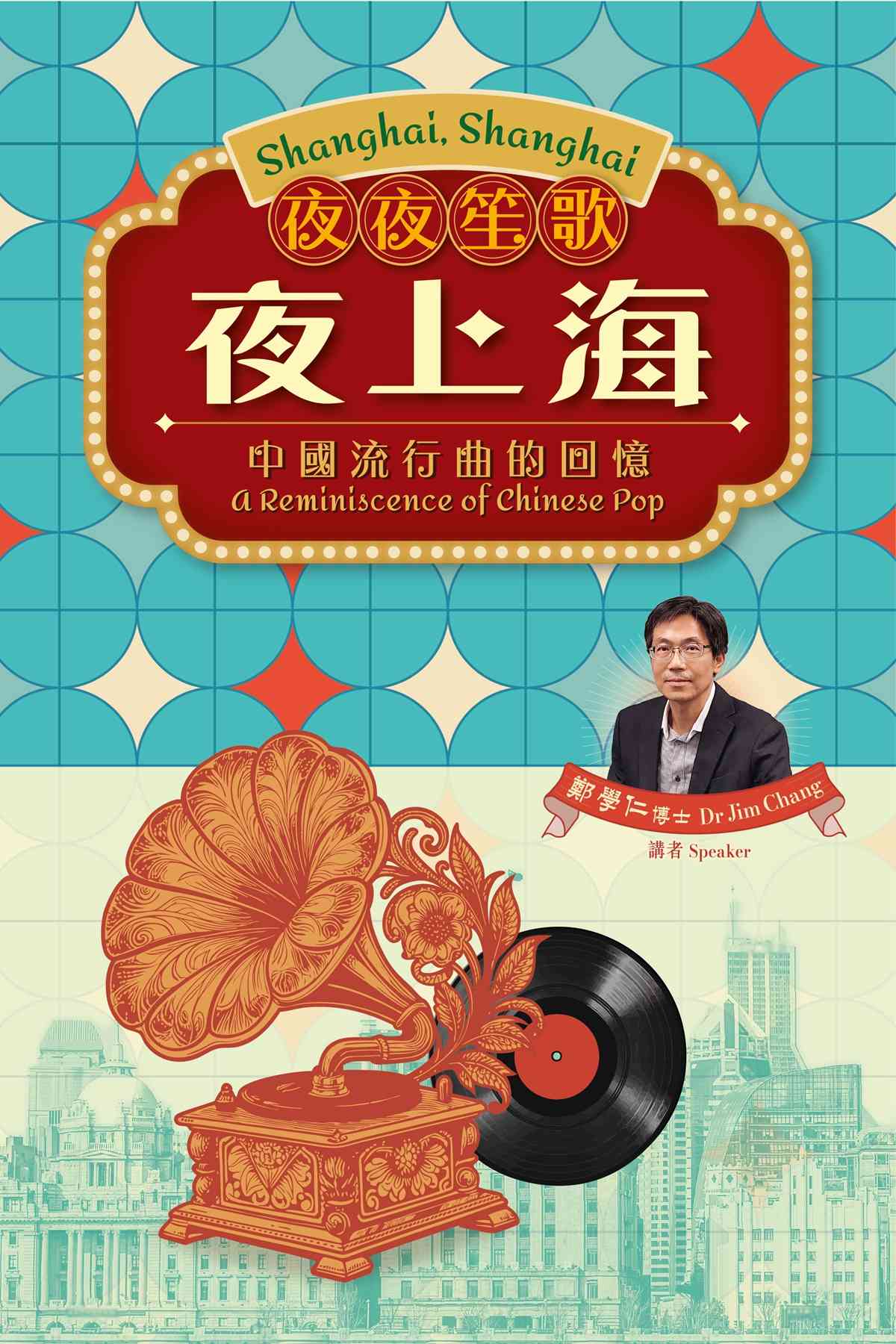This page has been idle for a while. To make sure you don't miss out on the latest content, please reload the page.Refresh
Refresh
This page has been idle for a while. To make sure you don't miss out on the latest content, please reload the page.Refresh
Refresh




The splendour of 1930s Shanghai was borne upon the sweat and toil of generations past, it was what our parents remembered, and what our generation imagines as in our dreams. Since the mid-nineteenth century, the concessions had introduced to Shanghai countless “firsts” typical of modern material life: banking, department stores, gas lamps, electric lamps, telephones, phonographs, motor cars…It was a melting pot of East and West, be that people or things. Shanghai remained a stage of endless revelry, even as the skies began to darken with the approaching storm of war, the city continued to weave yet another living scroll of modern urban life—its own version of the monumental painting scroll Along the River During the Qingming Festival, incarnated in neon and song. It was in this golden era, amidst the splendour of this remarkable time and place, on the banks of the Huangpu River, in this so-called “paradise of the adventurers”, that Chinese pop songs (shidaiqu), a bold and thoroughly modern musical genre, found its voice.
In this Shanghai, Shanghai lecture series, we will walk through a century’s echoes of the popular tunes, remember the people, the moments, and the mythic charm of this legendary era.